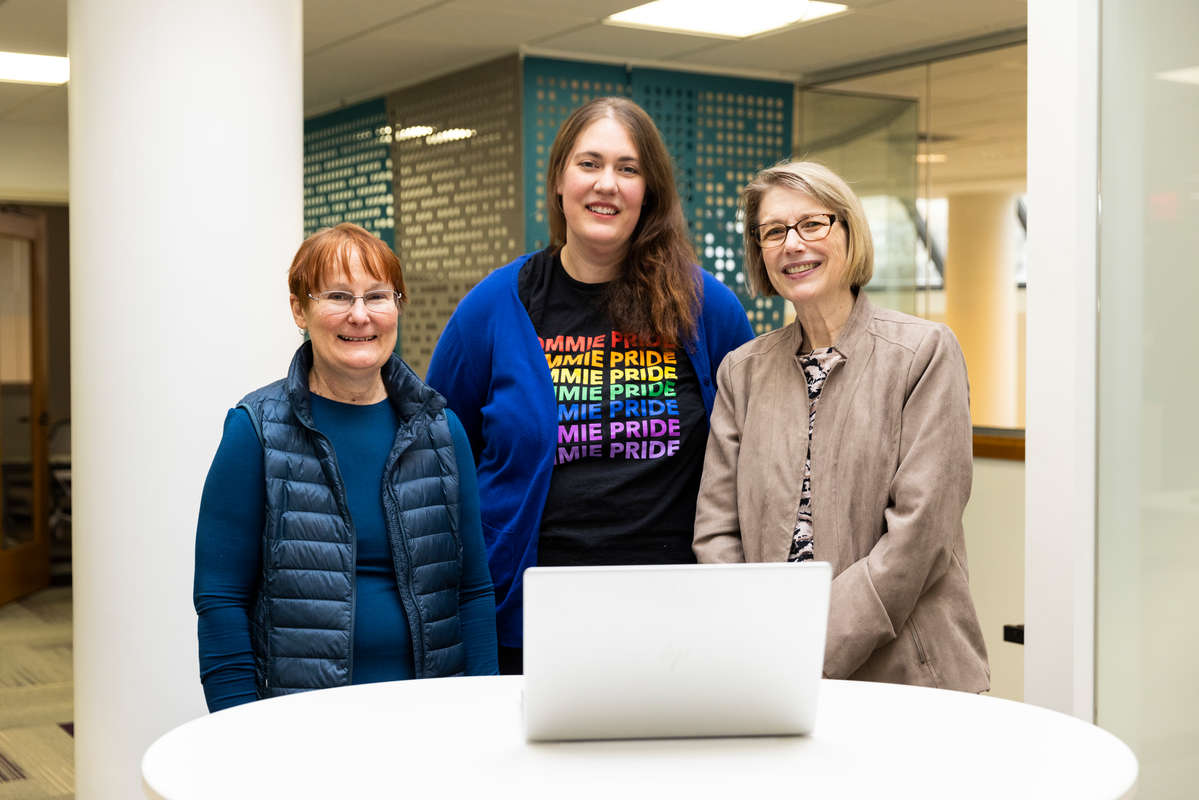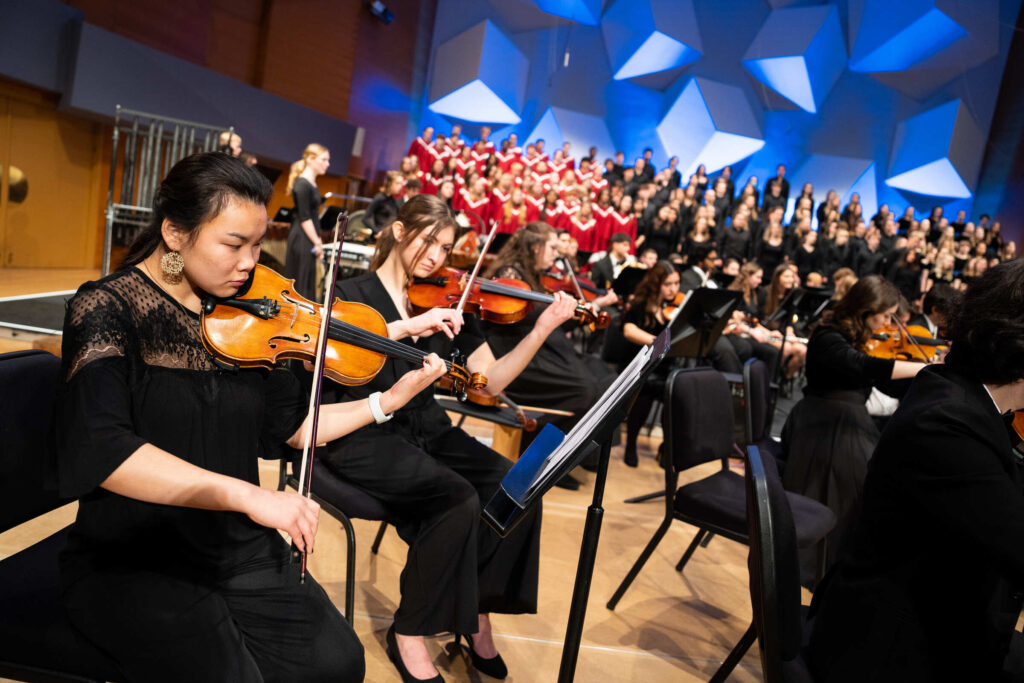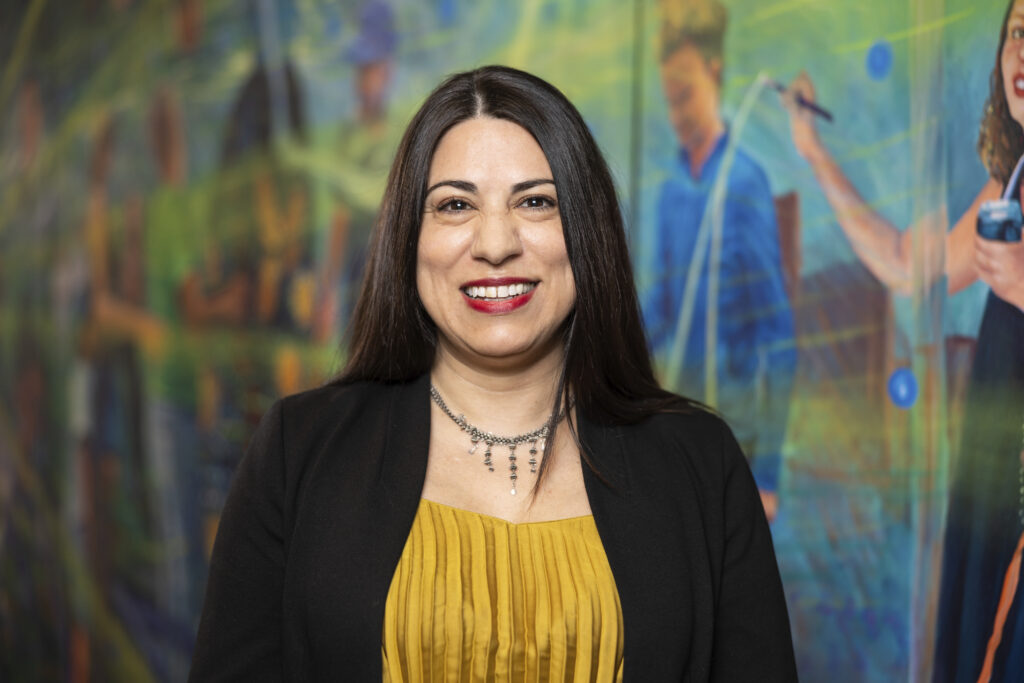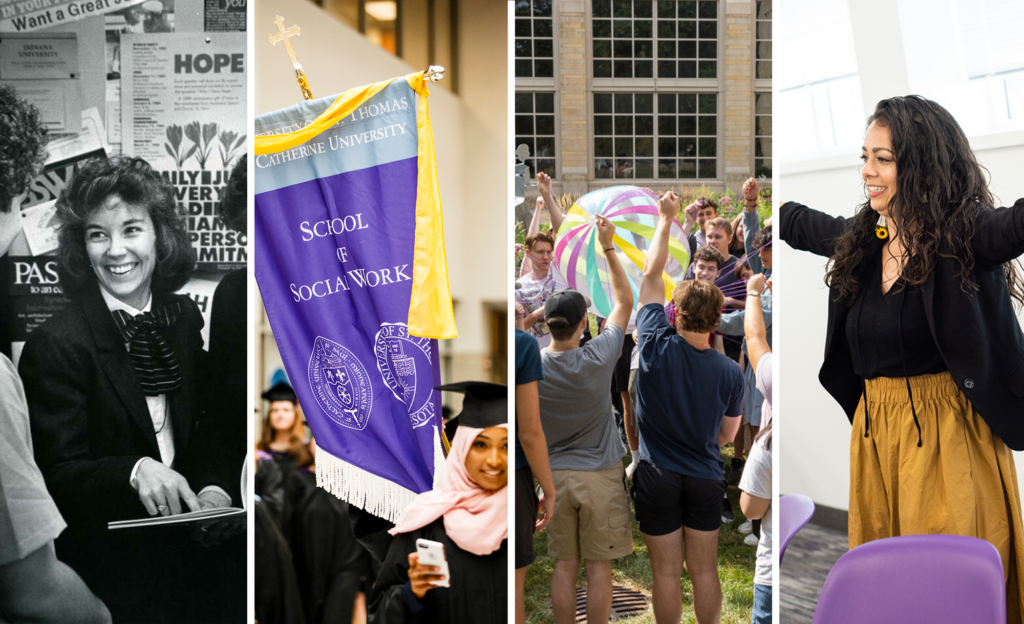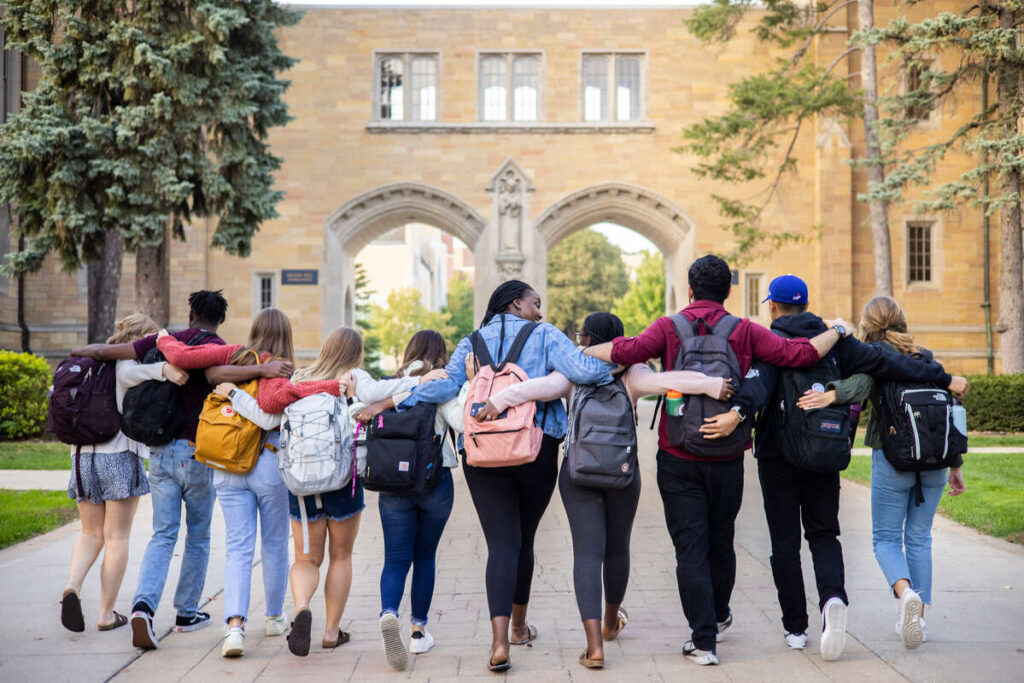In the fall of 2009, four University of St. Thomas English students, their professor, and a librarian met in a far corner of O’Shaughnessy-Frey Library to begin what would become a 13-year collaboration creating an annotated bibliography on the life and art of the most celebrated American author of the 20th century: Ernest Hemingway.
Acclaimed for having written such classics as A Farewell to Arms and For Whom the Bell Tolls, Hemingway is also famous for just being Hemingway, said English professor Kelli Larson, who led the project. Some 60 years after his death, the man who drove an ambulance on the Italian front in World War I, hunted big game in Africa, chased Nazi submarines in the Caribbean, and then wrote of his globe-trotting adventures continues to capture the minds and imaginations of readers around the world.
Hundreds of articles, books, blogs and reviews appear annually on Hemingway, and now, they’re searchable across the globe via St. Thomas’ recently launched annotated bibliography on the author.

For Larson, Hemingway research is not new. Between herself and her mentor, the pair had published two thick, print annotated bibliographies covering decades of Hemingway – looking at all the criticism on his life and art from 1929-89.
Students become Hemingway experts
In 2009, Larson taught the first Hemingway Bibliography course at St. Thomas. Designed as a blend of independent study and experiential learning for senior English majors, the course had four students, who picked up the research where the print bibliography had left off.
“They read so much of Hemingway's works, and then they were reading all of the scholarship. They all became Hemingway experts within that semester,” Larson said. “They went out in the world with this, and I can't tell you what it did for me as a as a teacher, to know that the love for Hemingway was growing and expanding beyond the walls of my classroom – it was awesome.”
The new online database’s annotations are brief summaries about each Hemingway scholarly book, article, essay and review. The annotations explain what the article covers, its topics and arguments and which Hemingway works are being dissected. Larson and groups of her English students researched and wrote all the annotations each fall over the course of 13 years. As part of the class, the students would also collaborate on an annotated bibliography for the Hemingway Review, the premier publication of Hemingway studies.
“Then they had a publication that they could list as a co-author for the Hemingway Review, and they used it as a launching pad for employment or graduate school,” Larson said. “Those students from 2009 have been waiting patiently years for this database to become a reality. They graduated and went on with their lives. They became lawyers and editors and teachers and business professionals and all these wonderful things. They all contributed to it over the years, and now we have this amazing database.”
One of those students was Alyssa Adkins ’15, ’19 MA. Working on the Hemingway research as an undergraduate English and communications and journalism double major, she said, was a formative experience.
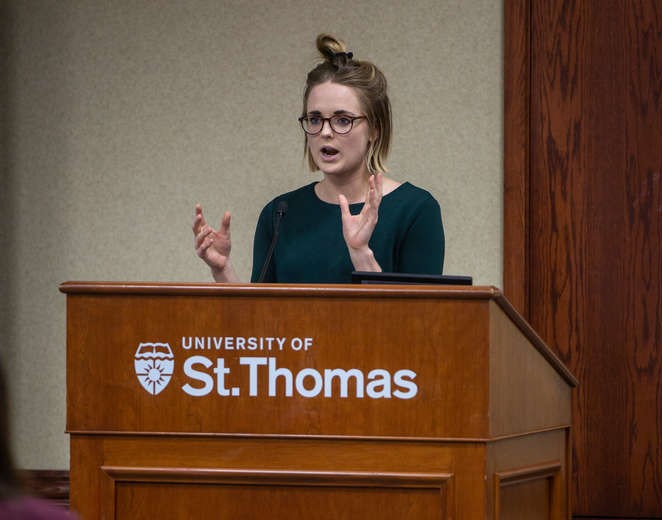
“When you're new to academic studies, the process of scholarly research can be very mystifying – that is, it's something other people do but not you,” Adkins said. “I so appreciated how Dr. Larson facilitated an experience for us to not only learn about the process of scholarship but also to participate as co-researchers.”
Adkins is now teaching writing at Saint Paul College, working with first-generation college students.
“I realize how important it is for students to see themselves as writers, readers, and researchers. My experience as a student researcher with Professor Larson informs my daily work teaching students and inviting them into the expansive and necessary work of scholarly research,” Adkins said.
Leaving a research legacy
Behind the scenes, St. Thomas library staff had searched for and secured even the most obscure materials for the Hemingway project. When it came time to publish, librarians transformed the project’s 300-page printed manuscript into the searchable online database with free global access.
“The librarians are really the unsung heroes,” Larson said. “They said yes, we need to make this a database, because, of course, if you publish a paper copy as it had been done in the past with those previous volumes, it's out of date as soon as it comes into print. They created this amazing online database that includes all of the work that my students have done up until the present time.”
“Even now, the world has never abandoned its interest in Hemingway,” Larson said. “His status as a pop culture icon is assured through films like Woody Allen’s ‘Midnight in Paris,’ internet memes, look-alike contests, even his own category on ‘Jeopardy.’”
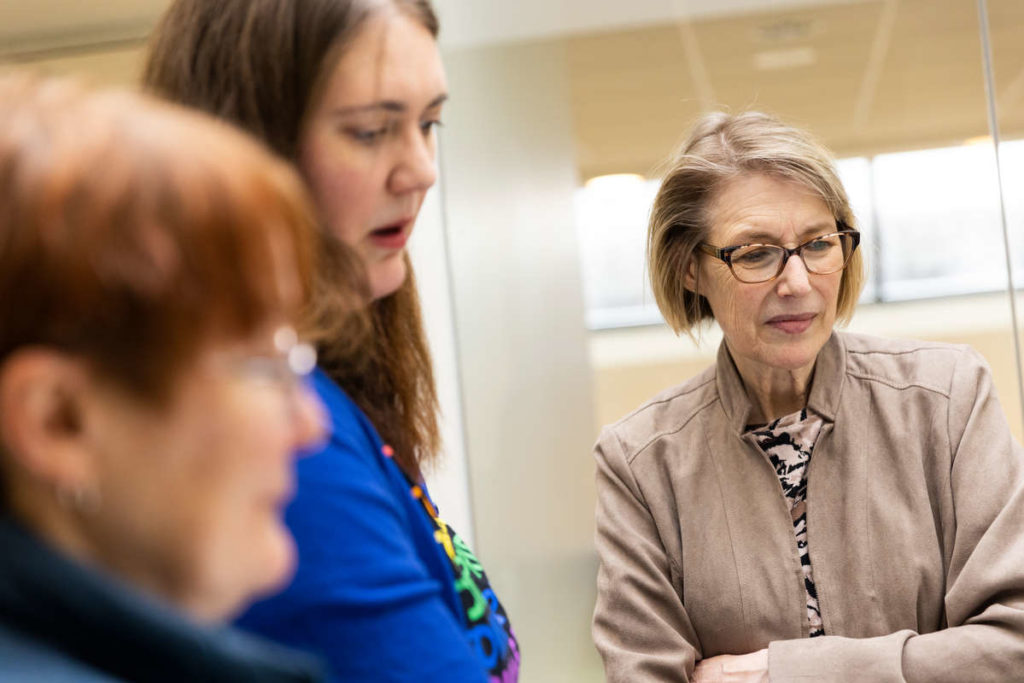
In a time where Reddit and Twitter threads are the companion for books, movies and TV shows, this digital database is a place where the general reading public can dive deeper into theories.
Larson said educators and students are using the database for learning around Hemingway. And the database is especially helpful to scholars around the world who can use it as a tool to find gaps in the research. Searching a topic, these scholars can find out who’s been writing on it and what they’ve been saying, finding where they can contribute and where the research hasn’t been oversaturated.
With all the historical research complete, Larson said the St. Thomas team is continuing to keep the bibliography up to date as hundreds of essays and articles appear and scholars find and explore new theories and understandings of Hemingway.
“They're finding so many untapped depths to his writing that had been ignored. It was always there, but that adventurous lifestyle, that persona that he created, was taken up by publishers to sell books and it kind of eclipsed him as a writer,” Larson said. “More recently, people are seeing other sides to him: his interest in gender, his interest in sexuality, his interest in tragedy. It just keeps building.”
